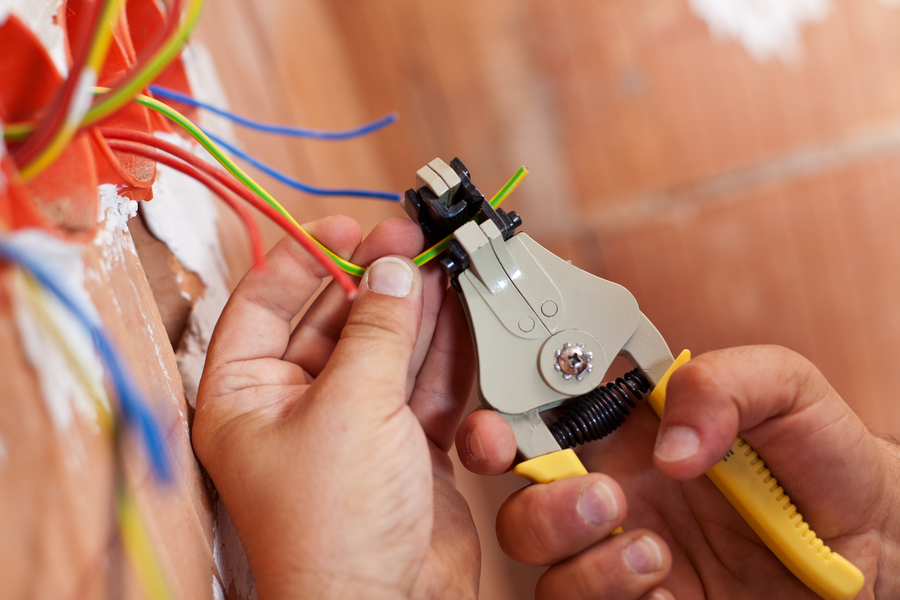5 Reasons Why You Want to Prewire Your Smart Home
Wireless Tech Ony Goes So Far

With so many devices communicating wirelessly these days, you might think the days of wiring in homes are over. For many years, homes have been routinely prewired with low-voltage cabling for things like doorbells and security alarms. When home networking was taking off in the late 90s and 2000s, wiring new homes with ethernet cabling was standard practice for connecting desktops and laptops to the internet.
Now, high-speed internet and Wi-FI inside homes are commonplace. A wide array of devices use wireless protocols and Wi-Fi to communicate. So is wiring really needed that much anymore? Yes! It turns out smart home prewiring is still required for building the connectivity infrastructure for the burgeoning number of devices and functions in today's homes. Keep reading below to see what key smart home features still need and benefit from prewiring.
SEE ALSO: Prepare Your Home for Smart Technology with Prewiring
Network Connectivity
Despite the fact that Wi-Fi is fast and most devices are wireless, wiring for network connections is still desirable for the best performance. For example, the best Wi-Fi performance is achieved using wired network access points in strategic locations around the house and outdoors. For the best connections for 4K streaming video and video conferencing, wired connections for entertainment devices and home offices are a good idea to avoid occasional Wi-Fi glitches at inopportune times.
Security
Security systems still work best with wired connections. Low-voltage wiring is essential for door and window sensors and doorbells. Today's intelligent surveillance cameras depend on wiring for consistent performance. Ethernet wiring can carry both data and power to security cameras, a more reliable approach to relying on Wi-Fi and batteries in cameras.
Centralized Lighting Control
While some lighting control systems use wireless technologies (like Lutron’s Clearconnect RF) to facilitate retrofit installations, centralized lighting systems – also called panelized lighting – offer more customizability in lighting control. These systems will centralize lighting load wiring to a single location. Low voltage wiring can be installed for reliable programmable keypads that can be placed anywhere you want without regard to the lighting they control.
Motorized Shading and Window Treatments
Motorized shades and window treatments can be installed with batteries for power and wireless control. However, batteries need to be changed periodically, which can be inconvenient when the motors are mounted on high windows. Aside from that, some heavy window treatments like motorized drapes may need more than battery power to run well. Prewiring with low voltage cable for motorized shades will enable ultimate flexibility in using any motorized window treatment. Also, consider outdoor spaces, as those motorized patio shades tend to be larger and heavier, requiring wired power connections.
Whole House Entertainment
While there are many wireless speakers on the market today for audio, nothing beats a built-in whole-home audio system. Adding speaker wiring throughout the house will provide flexibility in choosing the right speaker set for every room. Traditional speaker wire lets you choose from just about any speaker, but you can also use ethernet network wiring for new digital speakers available for some whole home audio systems. Either way, you'll enjoy better, seamless, optimized sound quality better than any wireless speaker system, with less clutter.
Need a company that can ensure your house is ready for today's and tomorrow’s smart tech? Contact us here or click the chat box below to quickly connect with one of our experts. We look forward to working with you!